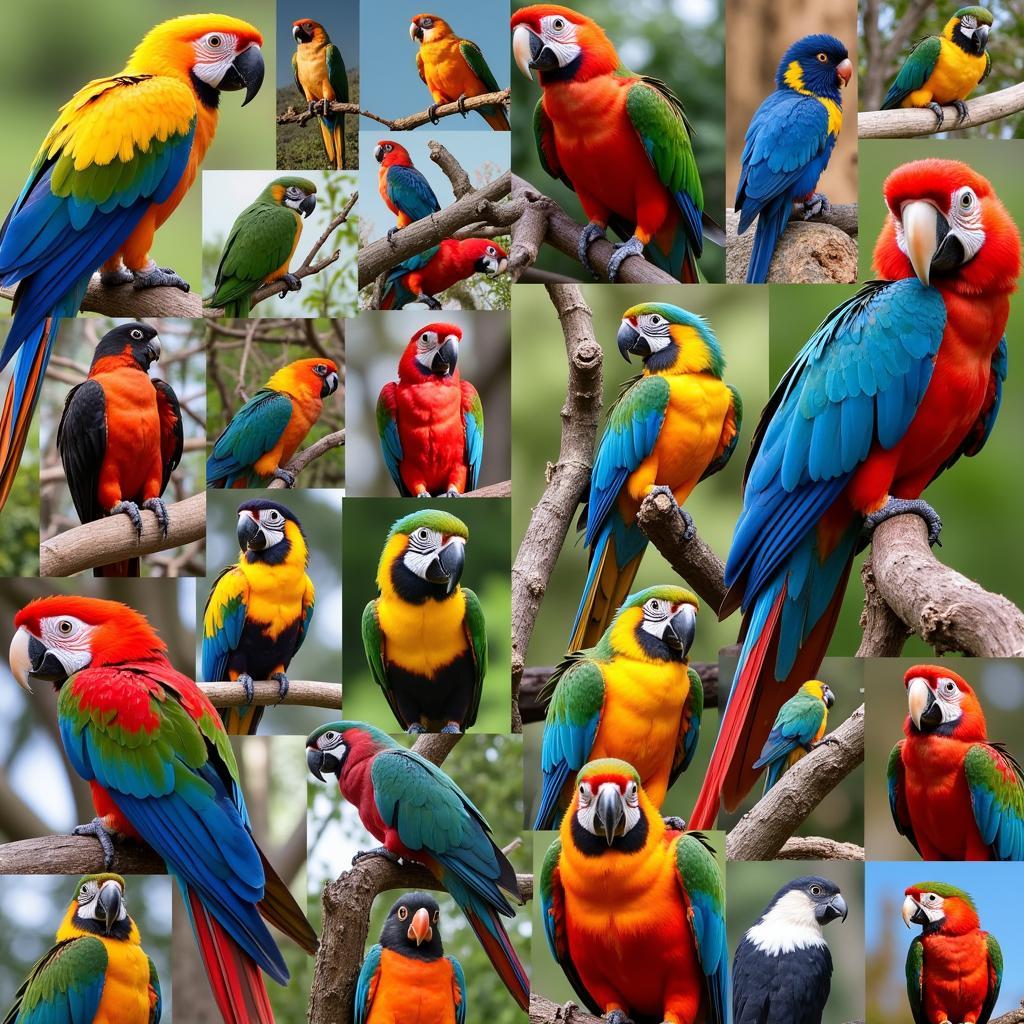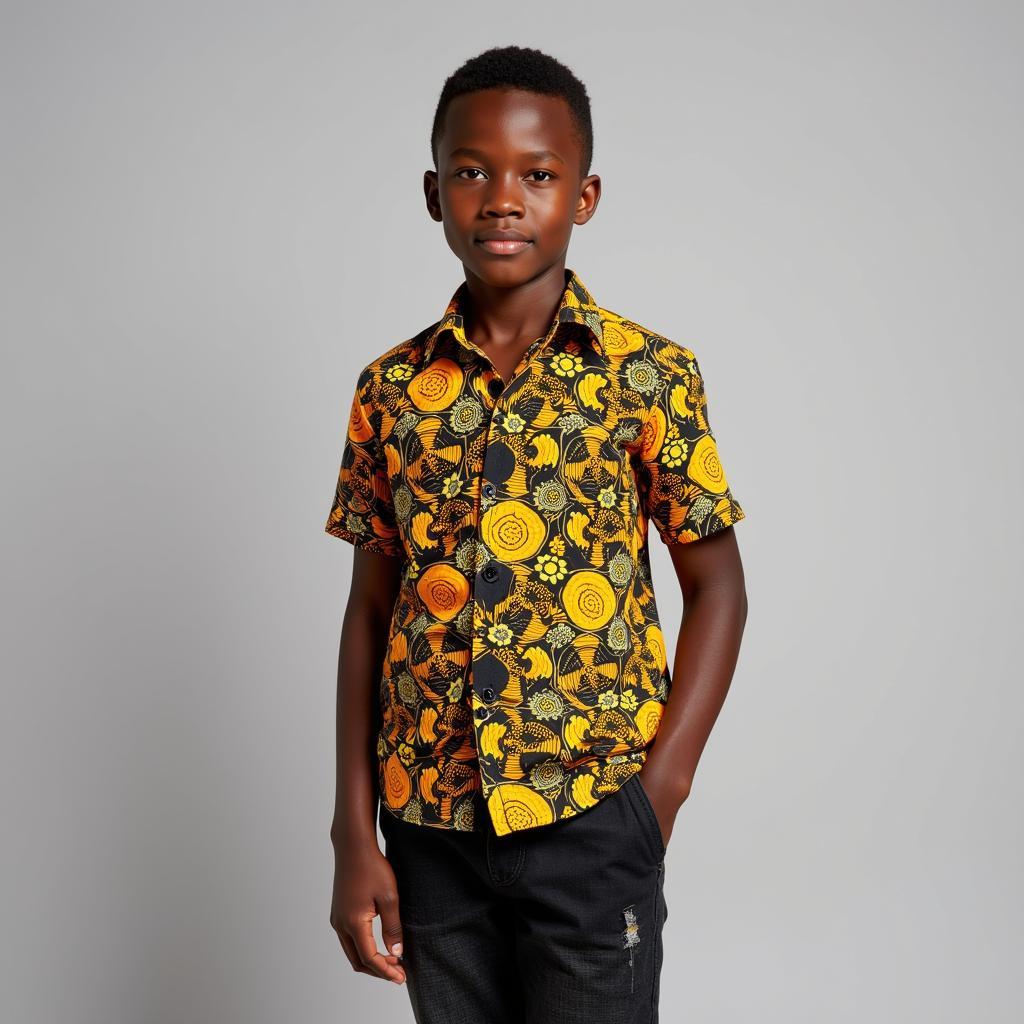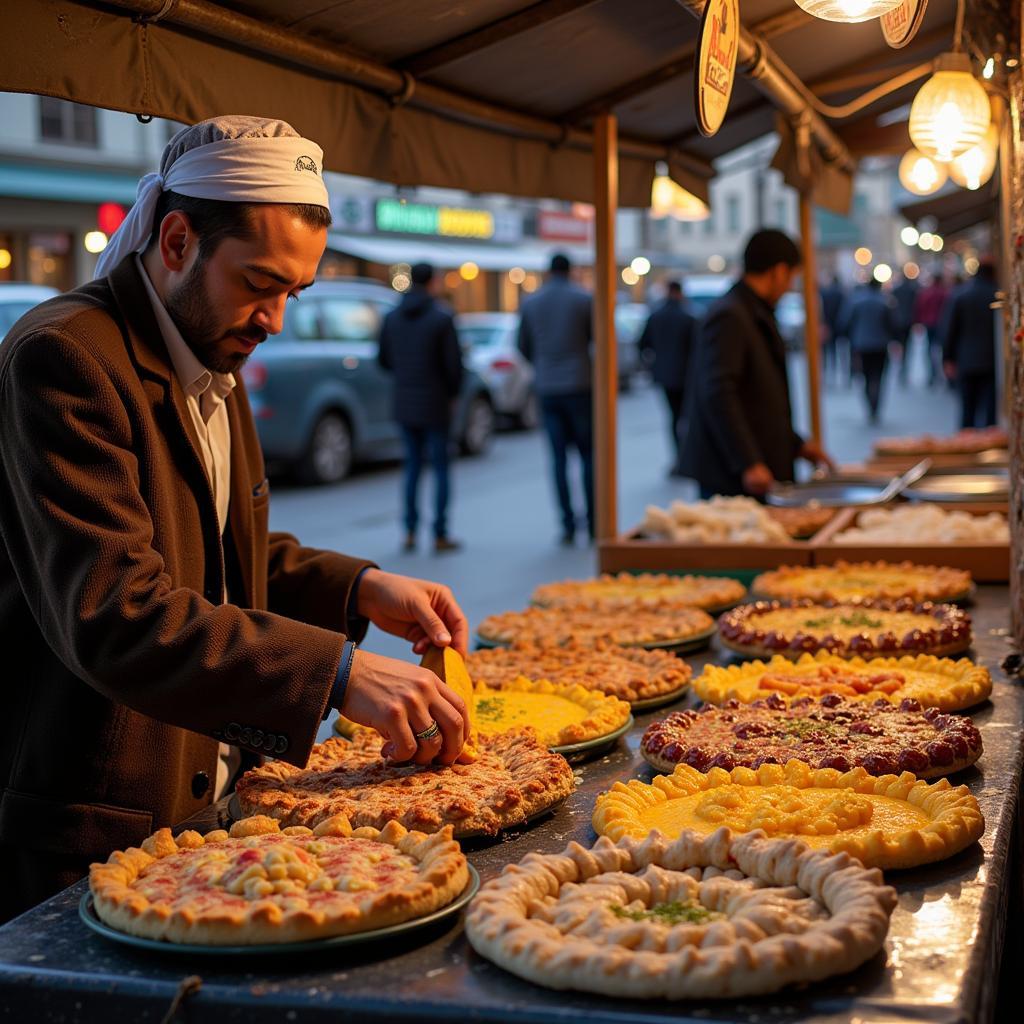The Colorful World of African Child Cartoons
African children’s cartoons are a vibrant and growing sector of the animation industry, bringing to life stories that celebrate African culture, heritage, and experiences. These cartoons offer a unique window into the rich diversity of the continent, showcasing its traditions, languages, and values.
Why Are African Child Cartoons Important?
African Child Cartoons play a crucial role in shaping the identity and understanding of young generations across the continent. They offer a sense of belonging and pride, showcasing relatable characters and narratives that resonate with their experiences. These cartoons also promote cultural awareness and appreciation, introducing children to the diverse languages, music, and art forms of Africa.
“It is important for our children to see themselves represented in the media they consume,” says Dr. Amani Karanja, a renowned African cultural expert. “Cartoons offer a powerful tool for fostering cultural identity and encouraging young people to embrace their heritage.”
Exploring the Diversity of African Child Cartoons
The world of African child cartoons is incredibly diverse, encompassing a wide range of genres, animation styles, and themes. From traditional folktales to modern adventures, these cartoons explore a wealth of stories that captivate young audiences.
Here are some key aspects of African child cartoons:
1. Storytelling:
- Folklore and Legends: Many African child cartoons draw inspiration from traditional folklore, adapting classic stories like Anansi the Spider, the Tortoise and the Hare, and the Lion King. These tales teach valuable life lessons and offer insights into African culture.
- Modern Adventures: Modern African child cartoons explore themes of friendship, family, and personal growth, featuring characters who face challenges and overcome obstacles. These stories often incorporate elements of fantasy, humor, and action, making them engaging and entertaining.
2. Character Design:
- Representation: African child cartoons feature characters with diverse skin tones, hair textures, and facial features, reflecting the reality of African children. They often wear traditional clothing and accessories, celebrating the rich cultural diversity of the continent.
- Uniqueness: Many African child cartoons are known for their distinctive animation styles, which incorporate traditional African art forms like beadwork, textiles, and masks. This blend of modern animation techniques and traditional aesthetics creates a visually captivating experience for viewers.
3. Music and Sound:
- Traditional Rhythms: African child cartoons often feature traditional music and sounds, incorporating instruments like the kora, djembe, and mbira. These musical elements add authenticity and cultural richness to the storytelling experience.
- Modern Soundtracks: Modern African child cartoons also include contemporary music and sound effects, creating dynamic and engaging soundtracks that appeal to both children and adults.
The Future of African Child Cartoons
The future of African child cartoons looks bright, with increasing investment and support for animation production across the continent. As the industry continues to grow, we can expect to see more diverse and innovative cartoons that celebrate African culture and inspire young viewers.
“African child cartoons are not just entertainment,” says Karanja. “They are a powerful tool for cultural preservation and promotion, offering a platform for showcasing the beauty and complexity of African culture to the world.”
FAQ:
Q: What are some popular African child cartoons?
A: Some popular African child cartoons include “Kiya the Lion,” “Adventures of Kumbi,” “The Lion King,” and “The Legend of the Golden Monkey.”
Q: Where can I watch African child cartoons?
A: African child cartoons are available on various platforms, including YouTube, Netflix, and local television channels.
Q: Are there any African child cartoon festivals or events?
A: Yes, there are several African child cartoon festivals and events, such as the african girl cartoon and the african hair vector. These events provide opportunities for artists, producers, and fans to connect and celebrate the world of African child cartoons.
Looking for more information about African child cartoons?
Visit our website for more articles, news, and resources. If you have any questions, please don’t hesitate to contact us. We are always happy to hear from you!



